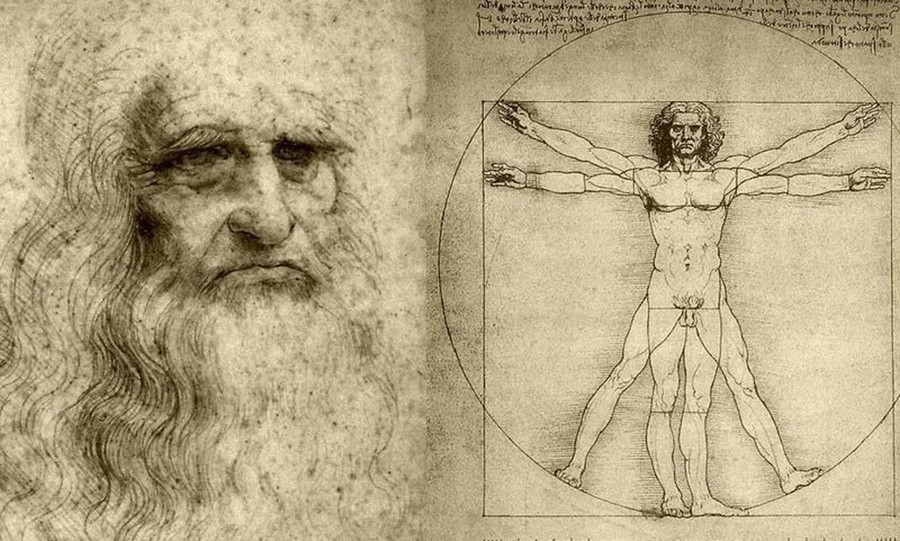Scientists have sequenced a nearly complete woolly mammoth genome, which should bolster efforts to resurrect the Stone Age zoological rock star.
Working with two mammoth specimens excavated from different parts of Russia and from different eras -- one nearly 45,000 years old, the other just 4,300 years old -- an international team of scientists has sequenced a nearly complete genome for the extinct pachyderm. The achievement provides the most complete snapshot yet of what a woolly mammoth was, which also means we're as close as we've been in a few thousand years to seeing, in person again, what a mammoth is.
"I think in the future it is sort of inevitable that someone will be able to do it, and we will do it," Hendrik Poinar says in the video below. Poinar, an evolutionary geneticist at McMaster University and one of the senior scientists on the project, is referring to the possibility of cloning a woolly mammoth. "The bigger question," he says, "is should we do it."
Poinar does not offer up a definitive yes or no answer to the question, pointing out that a mammoth isn't the easiest species to bring back from extinction, because the gestation period is a full two years to birth just a single offspring, compared with a saber-toothed cat, which could produce more than one litter of prehistoric terror kittens in a single year.
However, Poinar also notes that there are valid ethical arguments for and against bringing back the mammoth, including concerns over diverting effort from more pressing conservation projects, and the belief that humans may have been partially responsible for overhunting the animal into extinction.
Regardless of the complicated ethical questions involved, he says that with the new genome data, it could be theoretically possible to bring back the mammoths within a few decades.
One team of mammoth revivalists -- not directly involved in the publication of the study on the newly sequenced genome -- is not interested in waiting anywhere near that long. A Harvard-based group of scientists led by Dr. George Church is working on bringing back a version of the woolly mammoth by essentially combining DNA from the extinct species with that of the living Asian elephant.
Rather than creating a sort of Hollywood-style "Mammoth Park," the goal of Church's group is partially to bring large elephants back to the northern tundra as a means of converting it back to grassland to help insulate the permafrost below, thereby slowing climate change.
Church's team believes the cloning process to build a mammoth from an Asian elephant and engineered mammoth cells can begin as soon as 2018, meaning the world's first mammoth in thousands of years could be born in the early 2020s.
Going to the zoo is about to get a lot more awesome, folks -- get ready.









